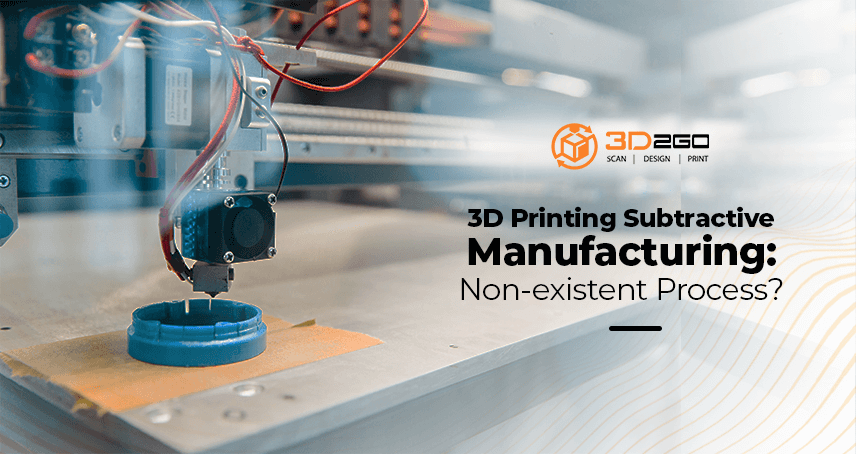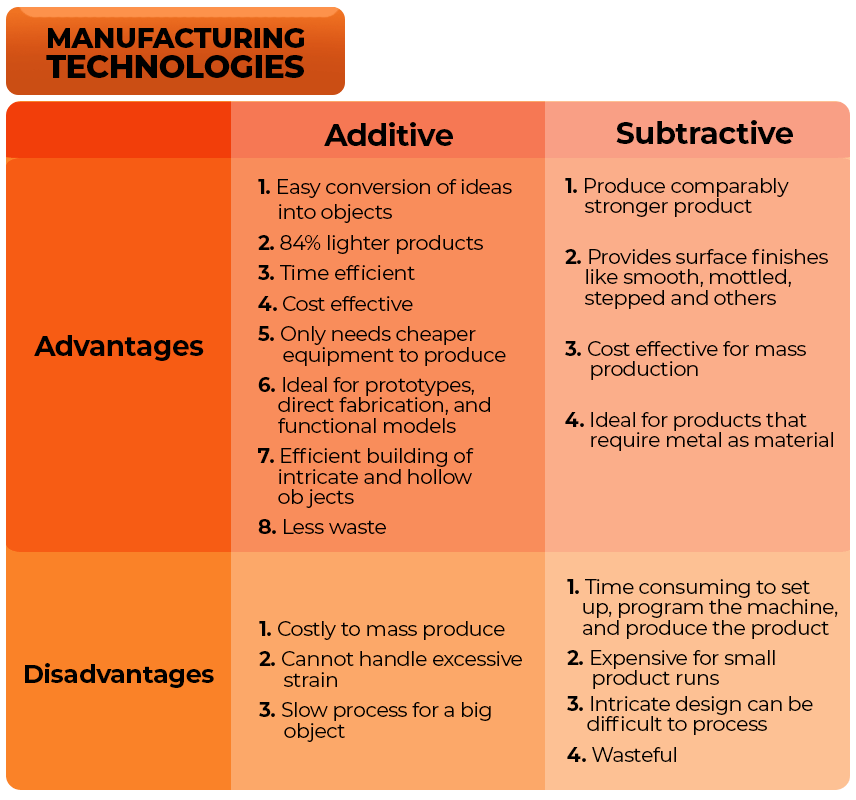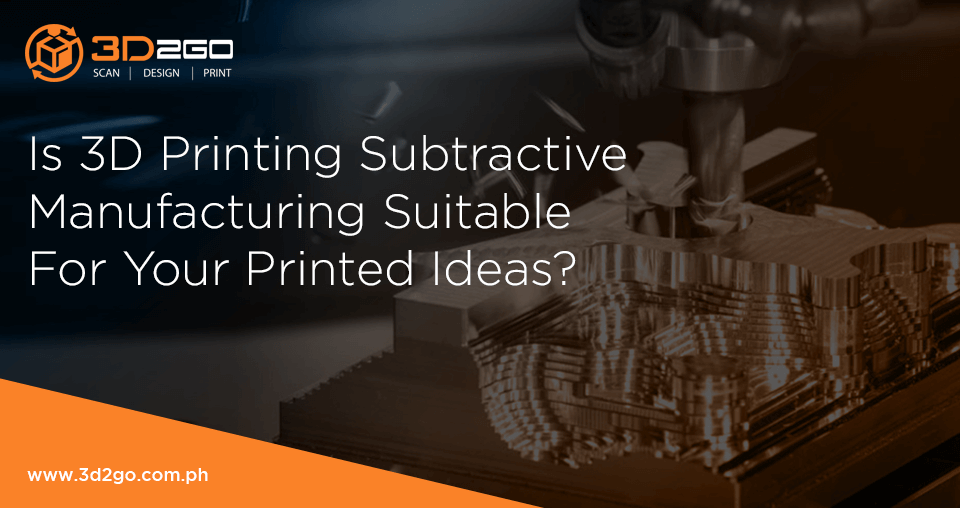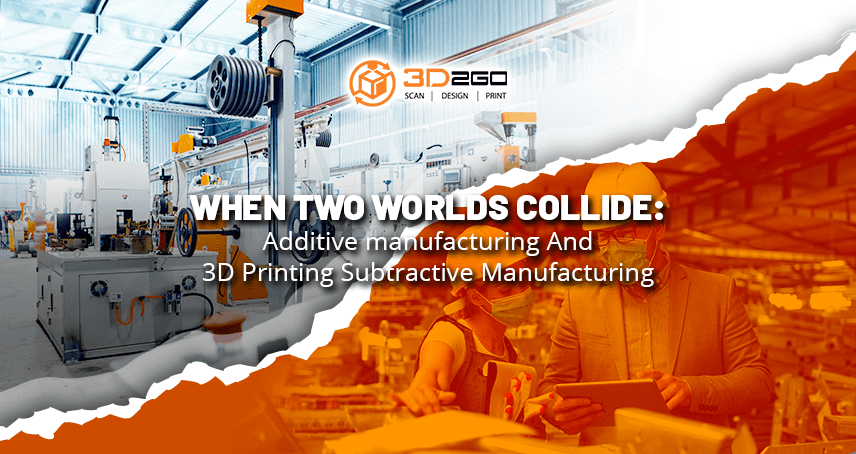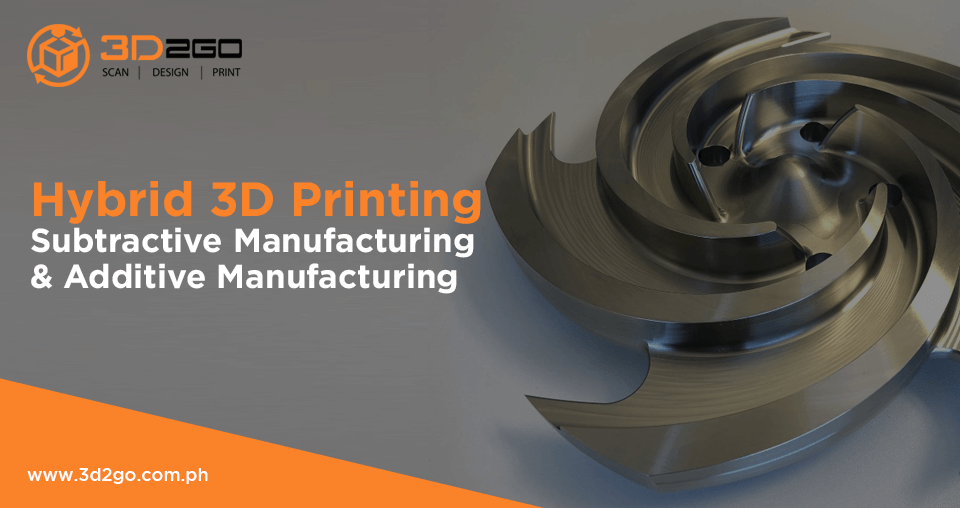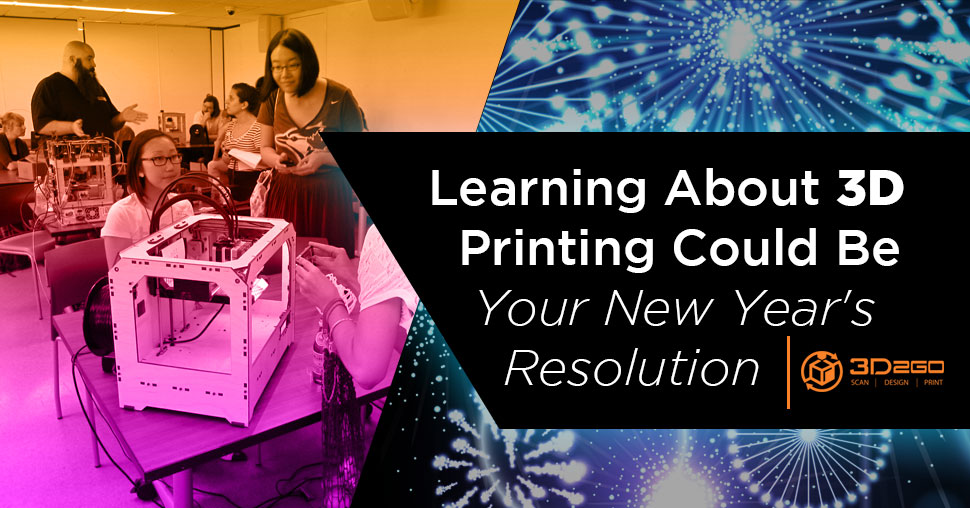
Learn Something New This Coming 2022
June 27, 2022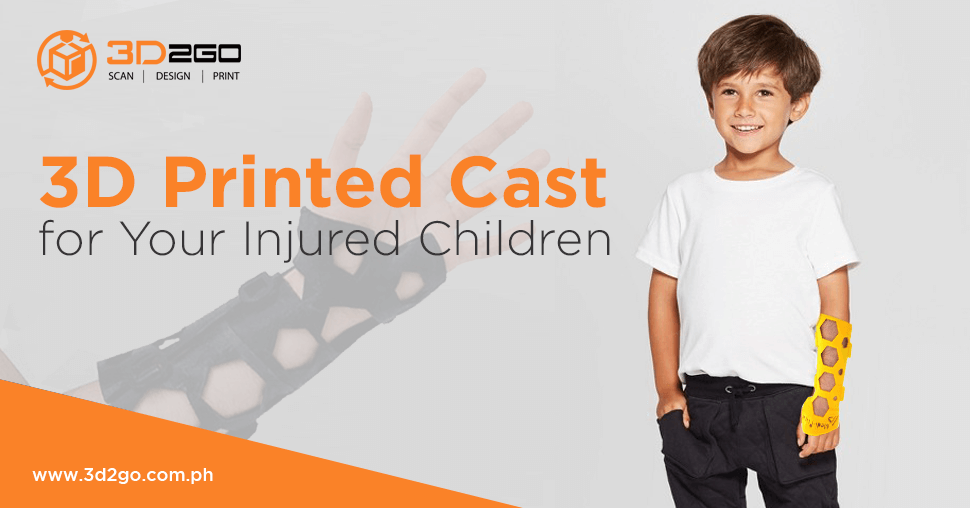
3D Printed Cast for Your Injured Children
June 27, 20223D Printing Subtractive Manufacturing Is an Ideal Hybrid Process
3D printing subtractive manufacturing may sound incorrect in syntax. The same way 3D printing is often used as synonymous to the additive process. These tons of jargon may sound complex but in this article we will discuss their key points.
This is to determine the difference or similarities of each process. Additionally, this is to help you decide what is best to use for your projects.
3D Printing vs Additive Manufacturing: Are they different?
As 3D printing vs additive manufacturing is often used to refer to one another. This is often a cause of debate. Some sources say that 3D printing is the layman’s term for additive manufacturing. Also 3D printing is often used by media and common folk to refer to the process.
While some argue that additive manufacturing is the term used by professionals. Especially those who are in the manufacturing industry. While others define 3D printing as a subset of additive manufacturing.
3D printing creates 3-dimensional objects layer by layer. Each successive layer bonds to the preceding layer until the part is complete. This is possible using a Computer Aided Design (CAD) software.
The same way additive manufacturing does it. Thus there is no complex reason why they are synonymous with each other. Also could mean the same thing or refer to the other. But, there is also a key difference between 3D printing and additive manufacturing.
Additive manufacturing is ideal for engineering and manufacturing applications. This includes prototyping, manufacturing tooling, and end-use parts. As well as short-runs, bridge production, and custom manufacturing of final parts.
While 3D printing provides more design freedom and can produce complex designs. Such designs are often costly and impossible to create through other manufacturing methods.
These factors do not mean the other process is exclusive to the other or vice versa. As this is more on the economic side when choosing what method to use.
Additive vs Subtractive Manufacturing: Which is Better?
Additive and subtractive manufacturing often complement each other in the manufacturing industry. These processes are often used to produce jigs, fixtures, brackets, molds, and patterns.
In literal sense, additive means addition of layers to finish the final product. Design comes from a CAD file and a 3D printer will produce it.
This is possible using materials such as liquid or Stereolithography (SLA). Also powders or Selective Laser Sintering (SLS). As well as plastic filaments or Fused Deposition Modelling (FDM).
For subtractive, it means subtraction or removal of parts from solid blocks to achieve the output. This could be manual or using a Computer Numerical Control (CNC) machine. This is advisable to use for accuracy and precision.
Manufacturers often use additive manufacturing to produce low volume, fast, and custom products. 3D printing is also ideal to produce rare replacement parts.
Subtractive manufacturing is often used for products that are higher in volume. Also the best choice when the product would be subject to more strain. Such as extreme mechanical stress.
Additive vs Subtractive Manufacturing In Comparison
While there are clear differences, both are often used for prototyping. As both processes streamline the fabrication of prototypes. The main consideration is the size of the product, timeline, volume and type of material to use. These factors will determine which is the best process for your project.
3D Printing Subtractive Manufacturing: A Hybrid Process
Technology offers a wide avenue to combine additive and subtractive manufacturing techniques. This hybrid process promises tons of possibilities. Although still in the development process.
3D printing subtractive manufacturing is a hybrid system. This combines the versatility of 3D printing and some advantages of subtractive methods. This is ideal in repairing broken parts as the production process is layer by layer. Then the subtractive method will finish using milling tools.
3D2GO Philippines: Ideal For Your Prototyping Needs
3D printing is ideal for your prototyping projects. Here in 3D2GO we provide end-to-end 3D services that will suit your needs. We provide 3D services to industries such as architecture, engineering and construction. Also energy and power, medicine, automotive, and even fashion.
Our services include 3D printing, 3D Scanning, and 3D designing. Also 3D reverse engineering and 3D rapid prototyping.
3D2Go uses industry-grade 3D printers. These can print your desired output to its perfection. We print using standard 3D printing materials such as SLA, SLS, and FDM.
Contact us today or drop a message on our official Facebook page. We would love to hear from you!


